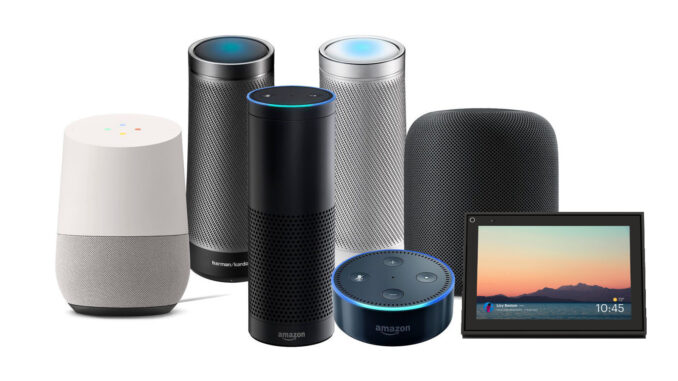
Table of Contents
First, choose your ecosystem.
Decide which ecosystem works best for you before you start looking for products. Google Home, Amazon Alexa, and Apple HomeKit are the three most popular. If your house is full of iPhones, iPads, and Macs, the latter is the obvious choice; however, if you have an Android phone, you might choose Google’s Home platform. Third-party devices typically support many standards, but choosing one major ecosystem will make things function more smoothly.
Google Home
The Nest ecosystem’s core strength is Google Assistant, the voice assistant. It answers quickly to voice instructions, is intelligent enough for conversational speech, and understands intricate commands or follow-up requests that would stump Alexa or Siri. Google Assistant is included in Android devices, and the Google Home app provides easy access to smart-home shortcuts.
Amazon Alexa
Amazon’s Alexa has a head start in the smart-home sector, with the most compatible items. You can ask it anything, but its responses aren’t always as precise as Google’s. Alexa supports a large range of third-party Skills (similar to smartphone apps), and its speakers and smart displays are the most affordable, especially if you wait for huge sales events like Prime Day. If you want to control Alexa from your phone, you must first install the Alexa app and keep it open before issuing a voice command.
Apple HomeKit
The most limited of the three, HomeKit is still the greatest option for iPhone customers. Apple’s stronger control over third-party certification guarantees that supported devices run smoothly. There aren’t as many HomeKit-enabled gadgets as there are with Alexa or Google Assistant, but the main smart-home companies are covered. The Apple Home app is sleek and simple to use, the devices are simple to set up, and the platform is the most secure. By default, Apple collects less data, and data is stored on the device wherever possible. You’ll need a HomeKit hub device, such as a HomePod Mini, Apple TV, or iPad, to control devices when you’re not at home. Siri is also the least effective of the three voice assistants though it’s getting better.
Google, Amazon, and, to a lesser extent, Apple collect data on your usage habits. Voice recordings of your contacts with their assistants are included. Humans review these for correctness, but the backlash against transparency has resulted in improved options for you to manage exactly how your data is treated. We offer various tutorials on how to keep your recordings secret across all three platforms, remove stored voice recordings and activity, and make these smart speakers and smart displays as private as possible.
You can control all of your smart-home devices with your smartphone, whether by speaking to an assistant or via an app. However, we recommend that you have a combination of smart speakers and smart screens around your home so that your assistant can always hear you (you won’t have to yell commands too loudly). These are our top smart speakers and screens. The latter are more adaptable because they provide basic touch controls that everyone may utilize. It’s critical to consider other members of your household as well as visitors who may be inexperienced with smart-home settings.
The Importance of Wireless Internet
Almost all smart-home gadgets necessitate a steady Wi-Fi connection. The two most commonly used frequencies are 2.4 GHz and 5 GHz. Most smart-home devices use the 2.4-GHz band, however, this is changing. Although it has a greater range, the 5-GHz frequency provides better speeds.
Wi-Fi 6E, a relatively new Wi-Fi protocol, supports 6-GHz, which could be even quicker (Wi-Fi 7 will also use the 6 GHz bands). Wi-Fi 6E can handle more devices, uses less power, and is more secure, but all of your devices, including your mesh system or router, must support Wi-Fi 6E, and it has a shorter range than 5 GHz.
Congestion, which occurs when Wi-Fi signals interfere with one another, can be a problem, especially for individuals who live in apartments. You can use an app to see how busy your Wi-Fi channels are and possibly switch to a new one, though most routers should handle this automatically. Another factor to consider is router constraints. In principle, most current routers can support up to 250 devices, but performance can degrade long before you hit the maximum.
Configuring Smart-Home Devices
The major smart-home brands are easily compatible with the major ecosystems. For example, Philips Hue lighting can be connected straight from the Google Home or Apple Home apps. Unfortunately, this is not the norm. Most devices will require you to use third-party software at the very least for initial setup, and maybe also for configuration and control.
As the first step, the setup guide that comes with every smart-home device normally urges you to download the companion app.

Leave a Reply